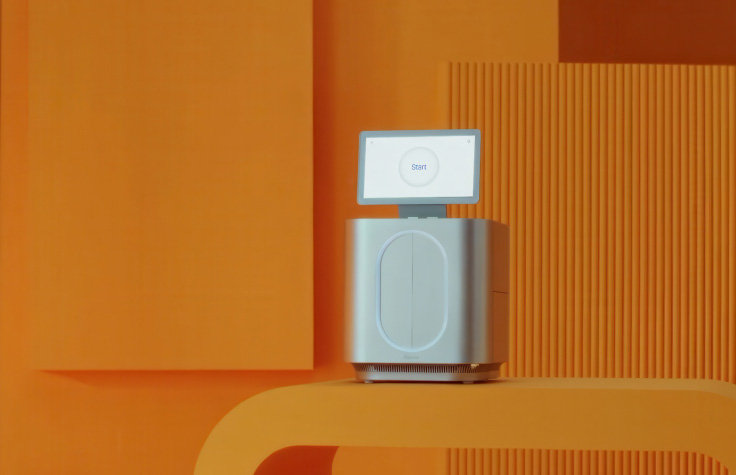hi!!
i would like to use custom adaptors to do ChiP sequencing.
for this i would need to know what the concentration of the adaptor for this protocol is.
thanks for your help
i would like to use custom adaptors to do ChiP sequencing.
for this i would need to know what the concentration of the adaptor for this protocol is.
thanks for your help


Comment